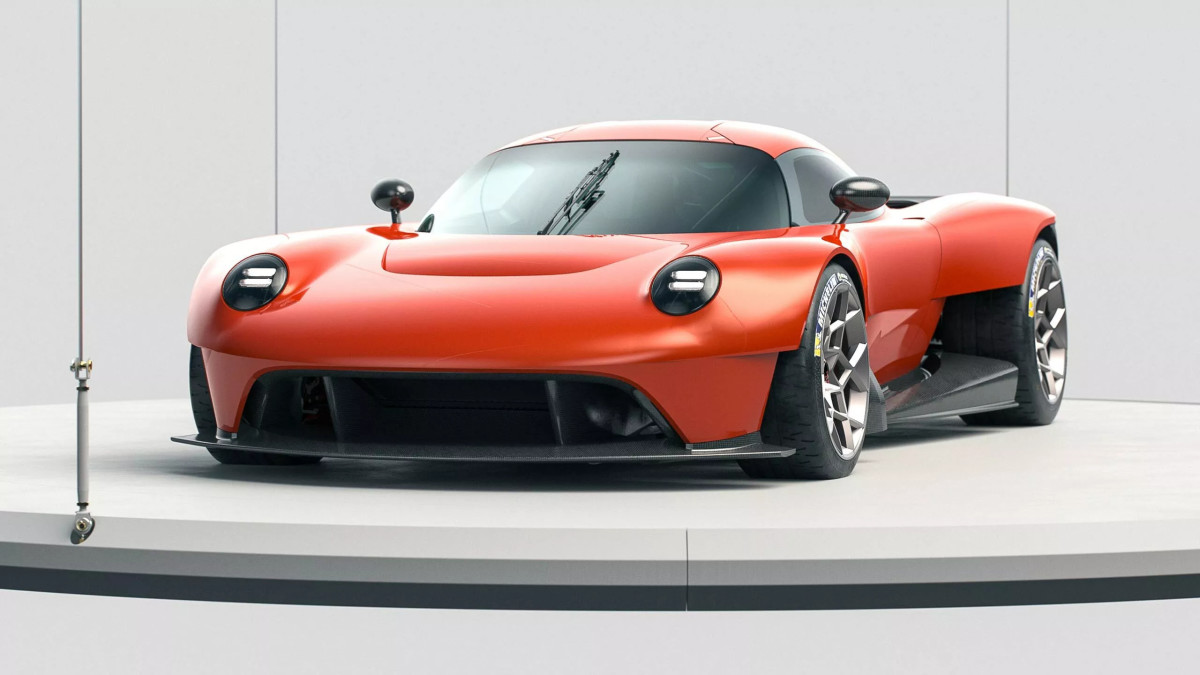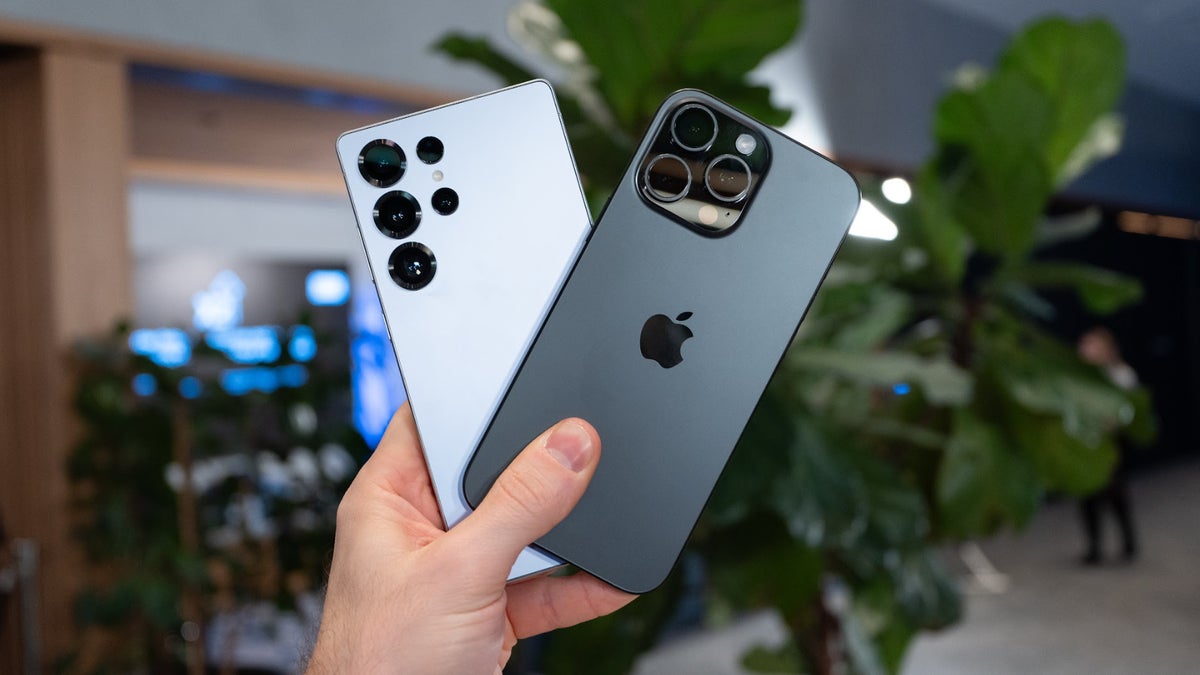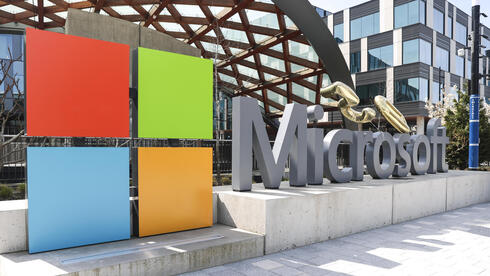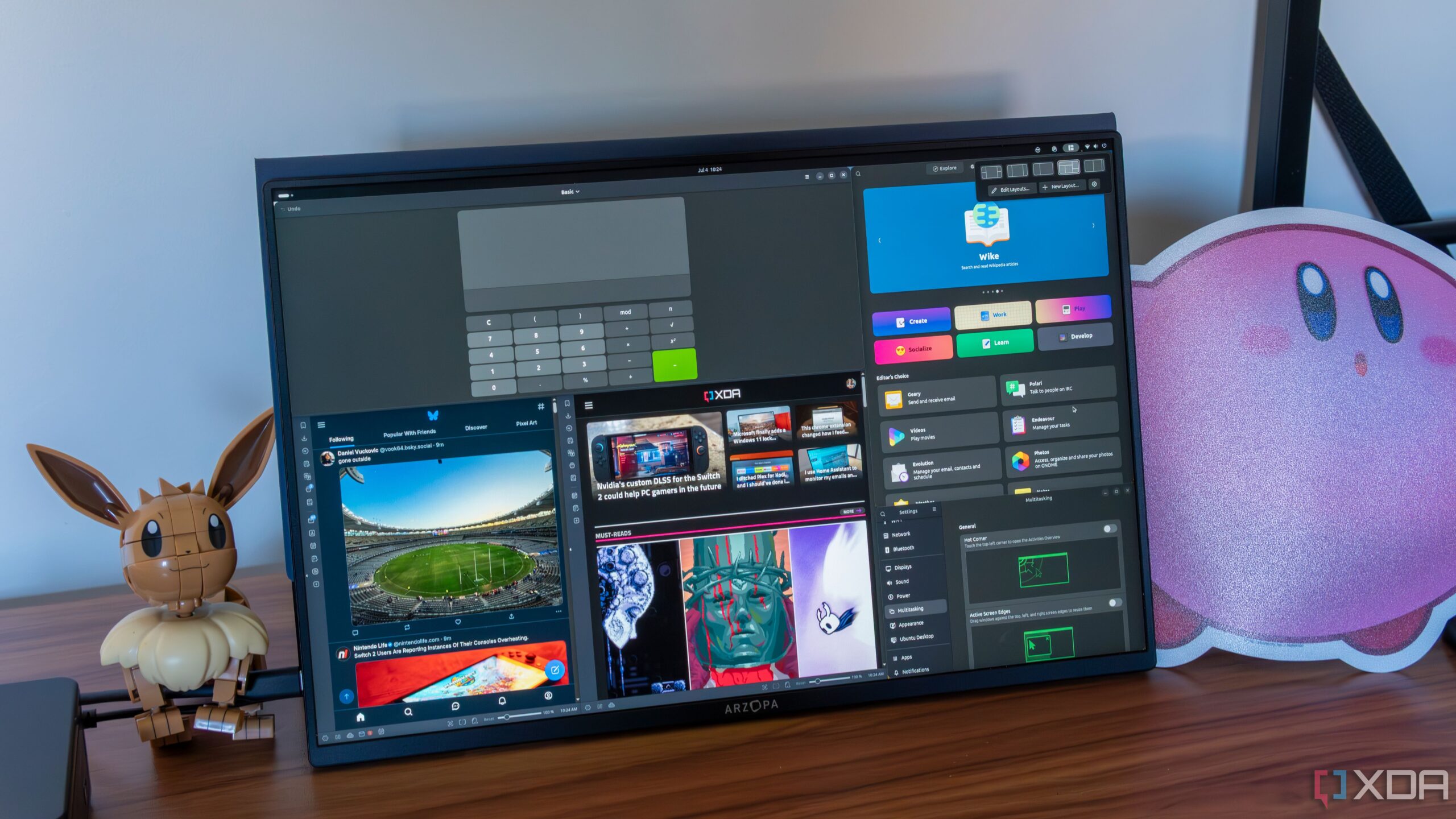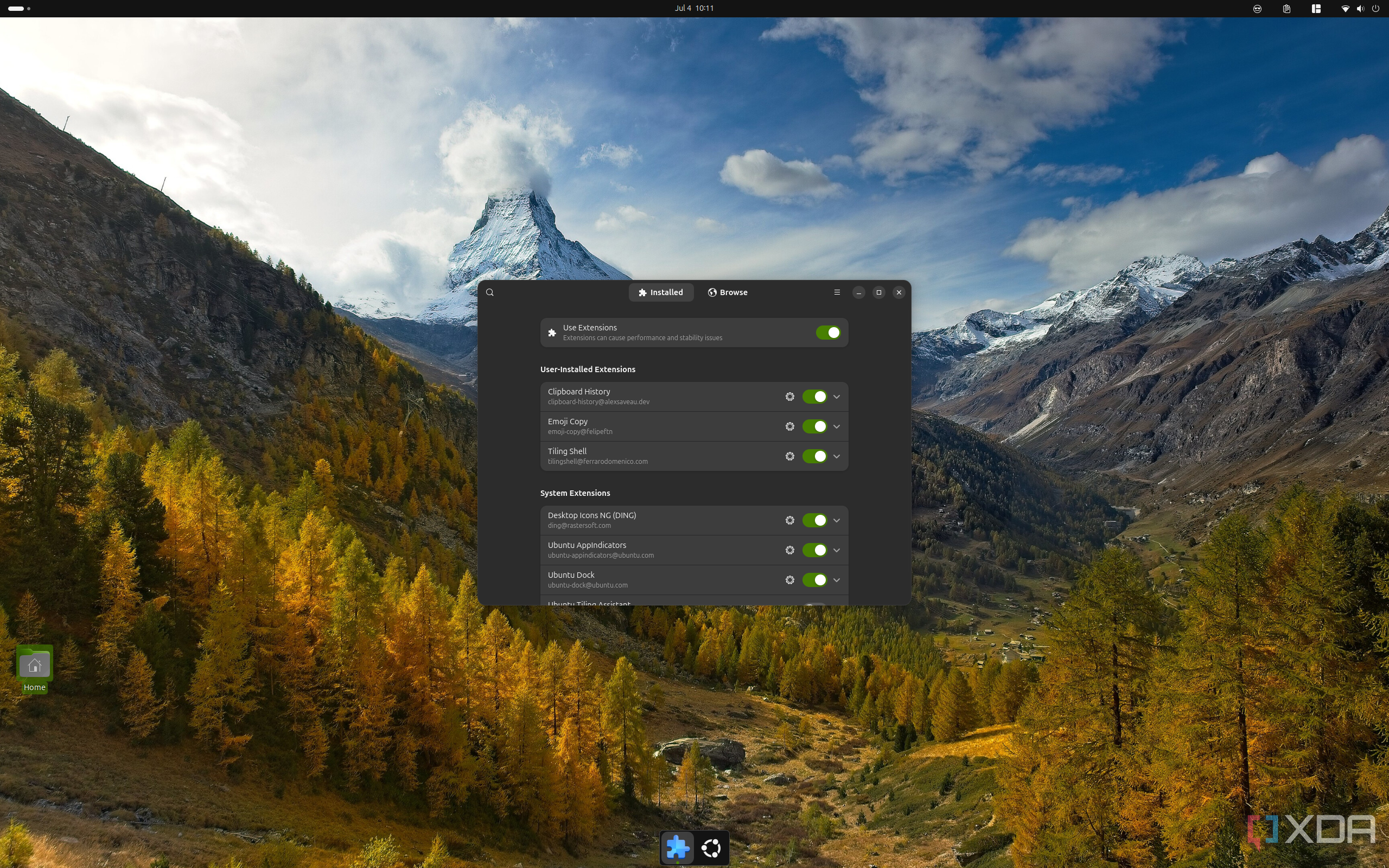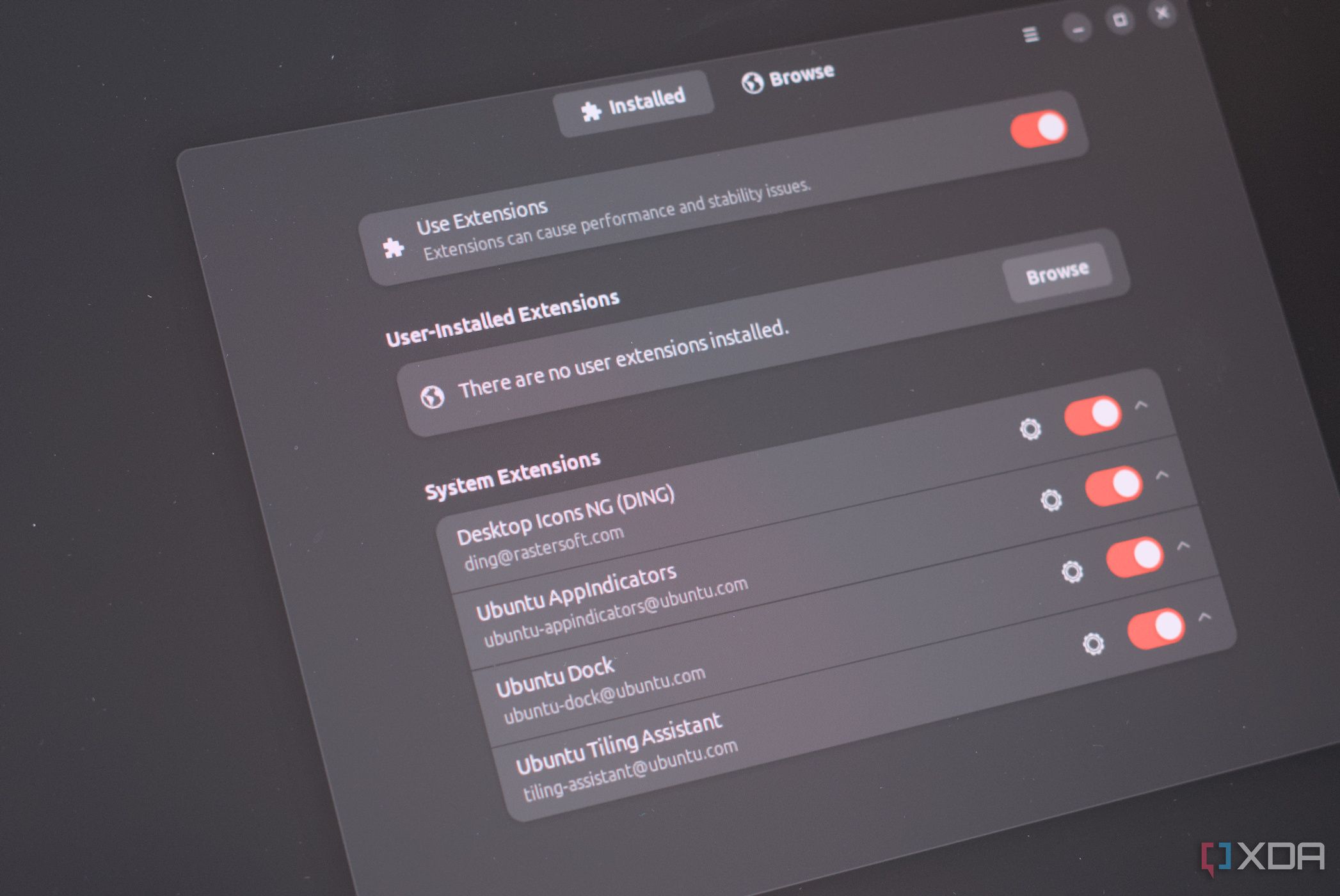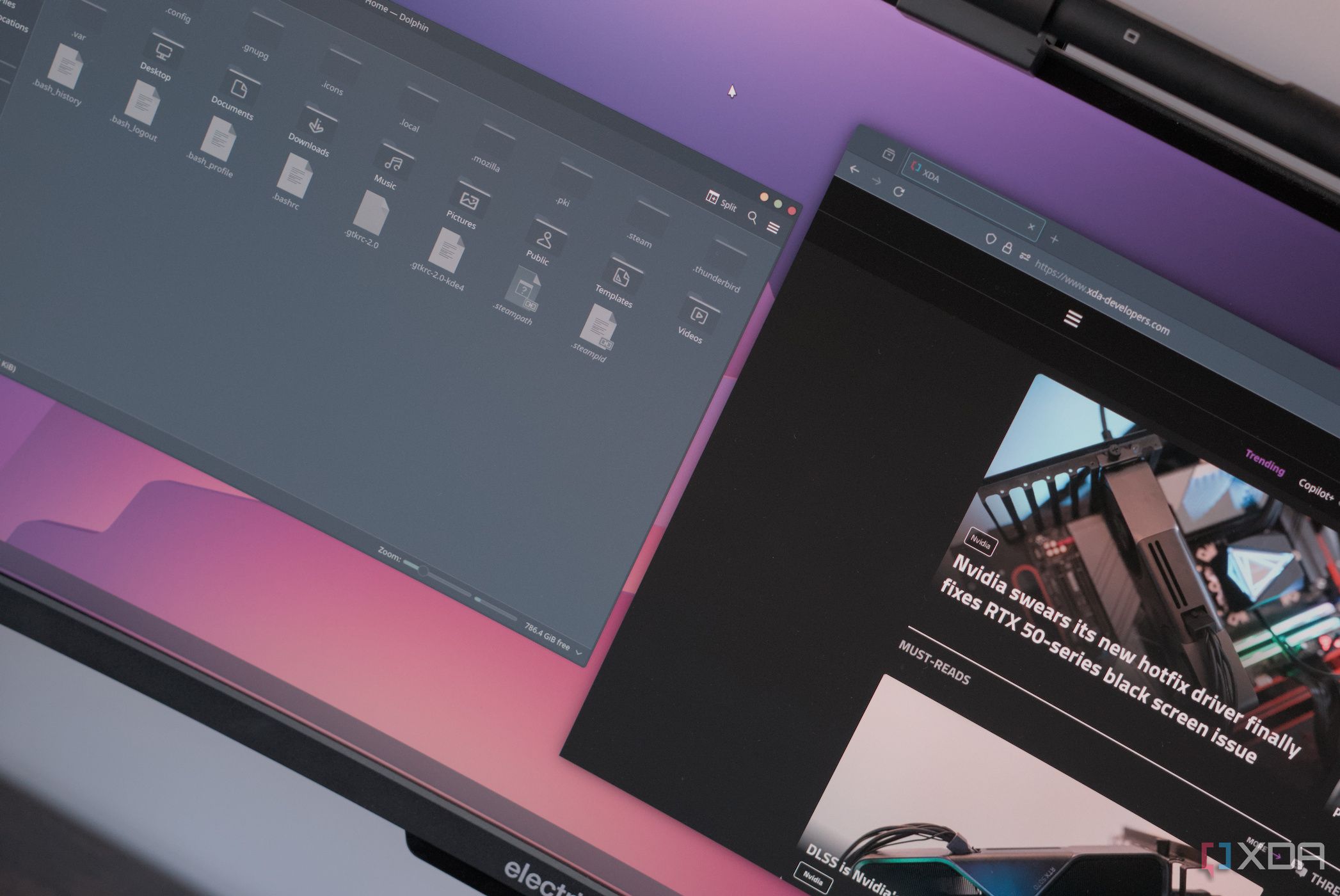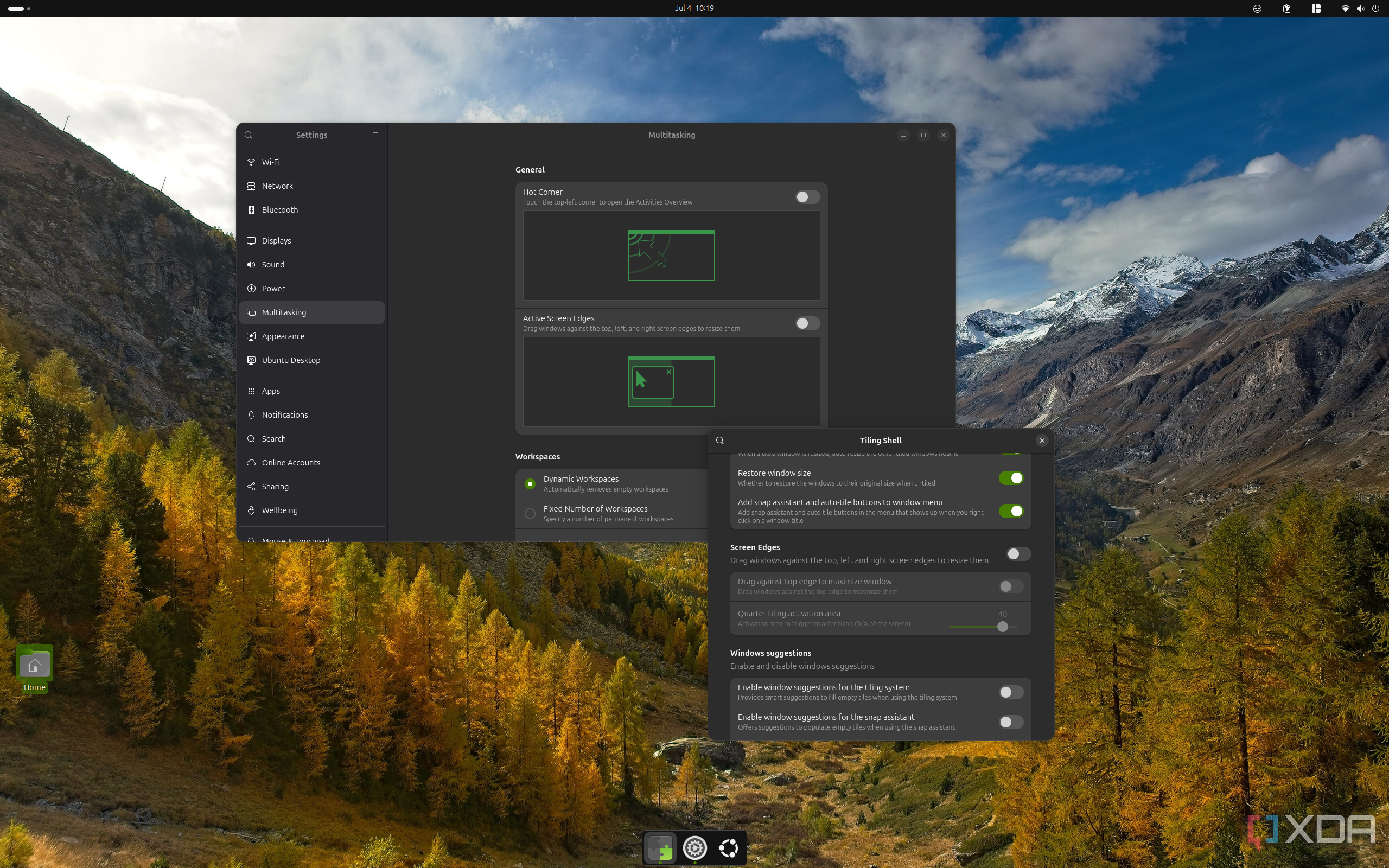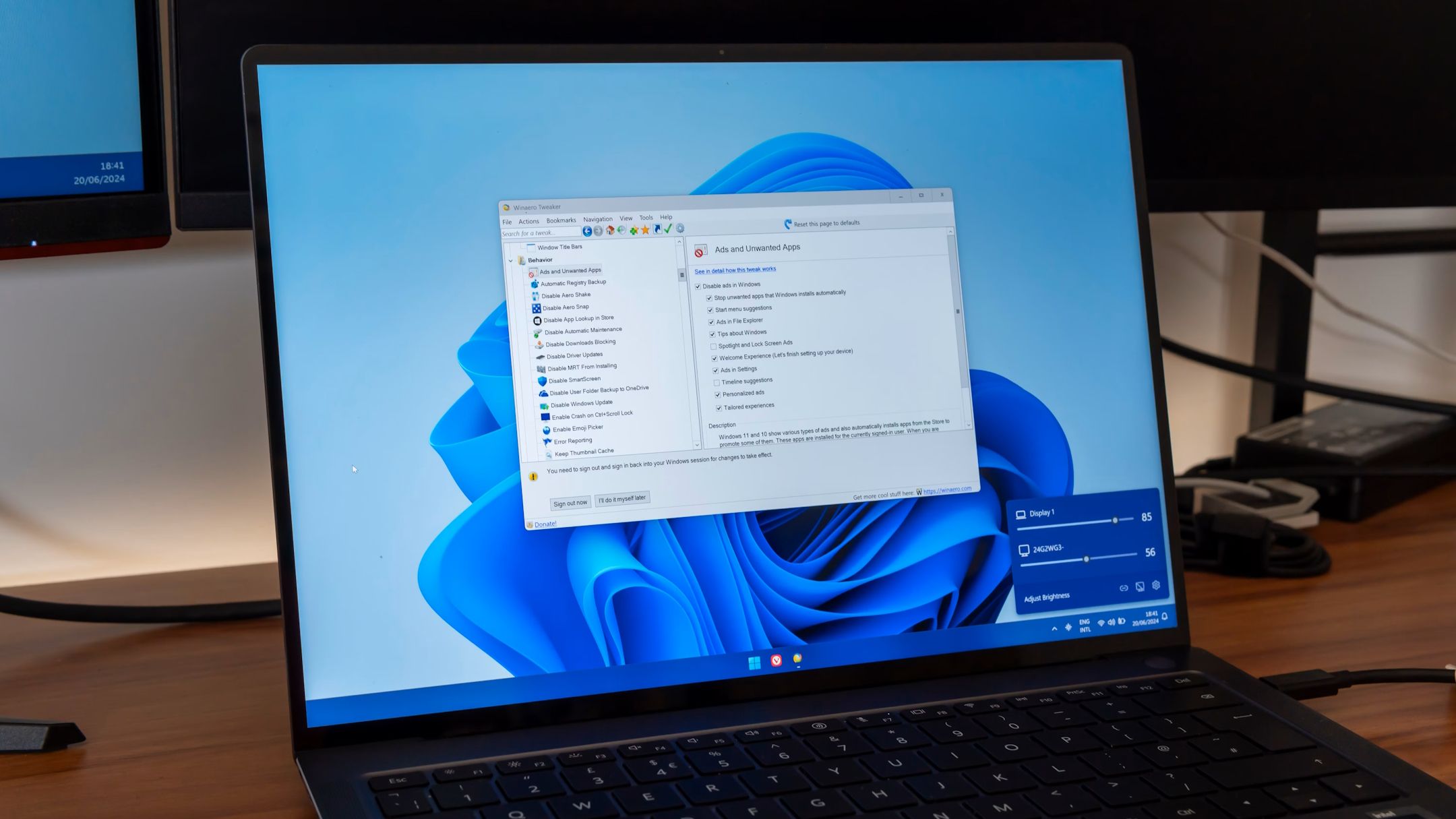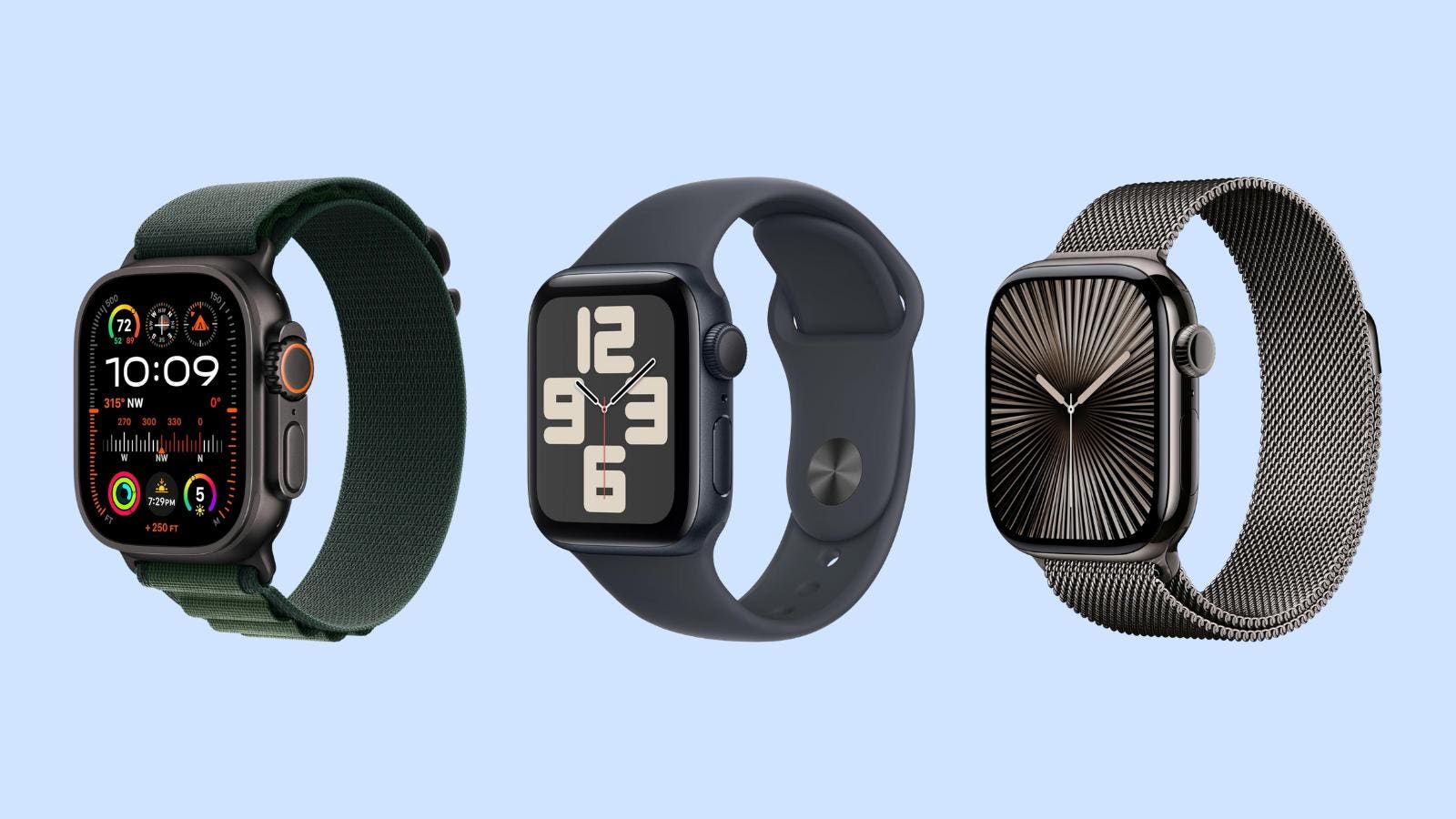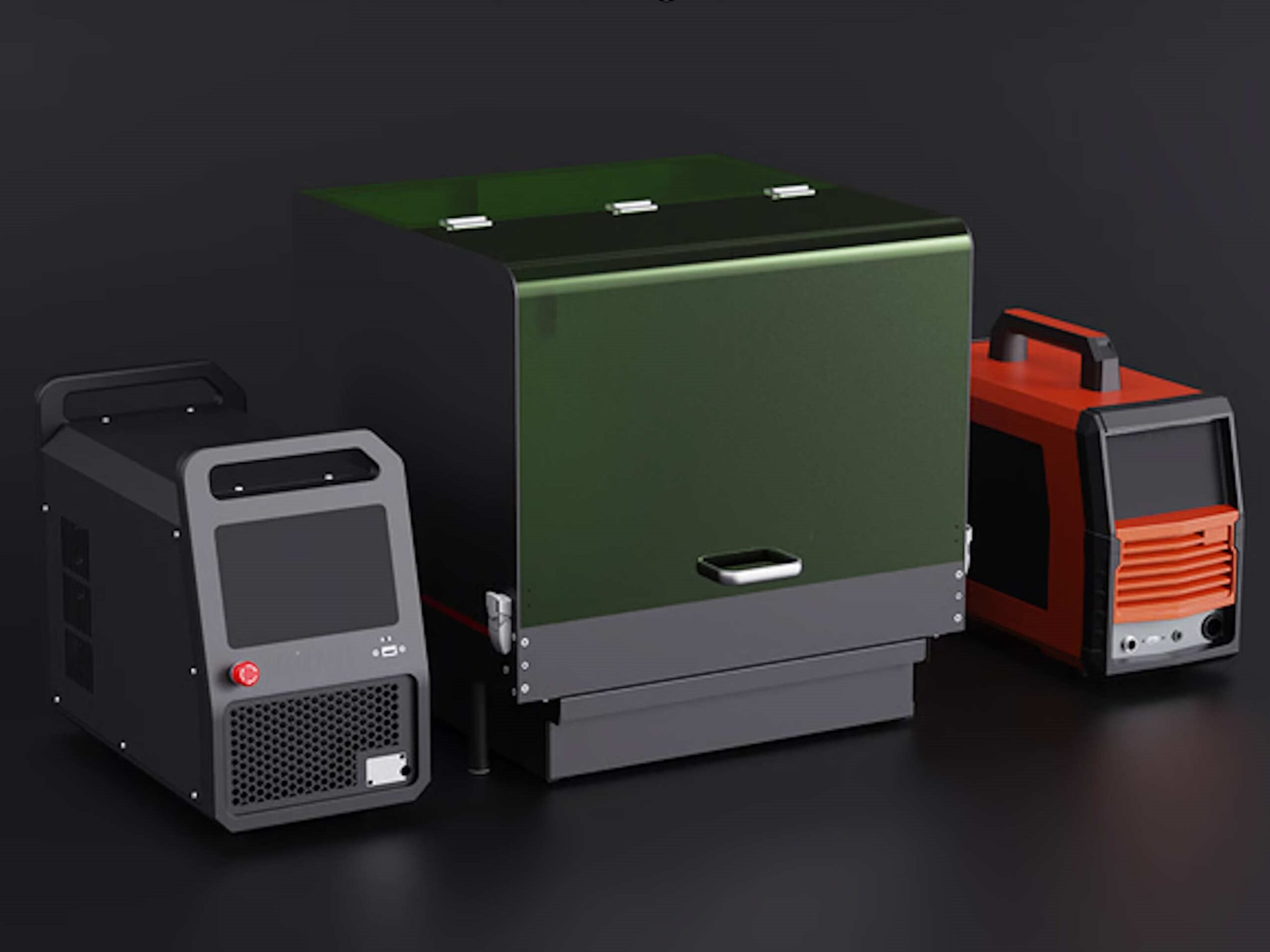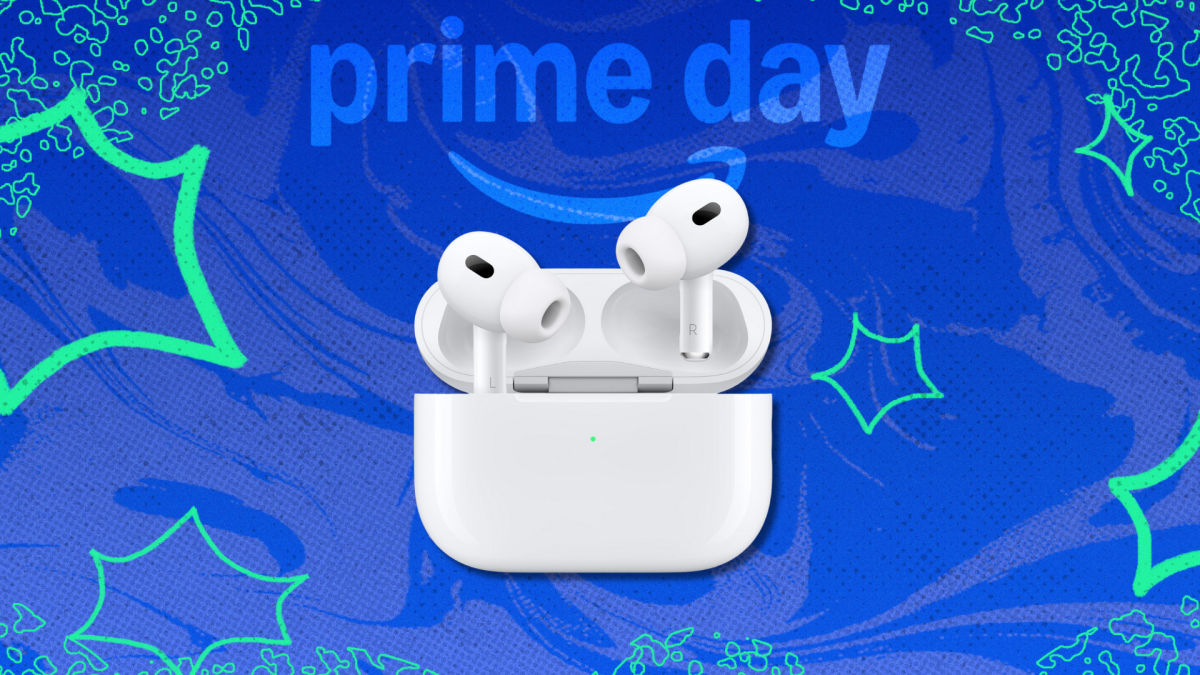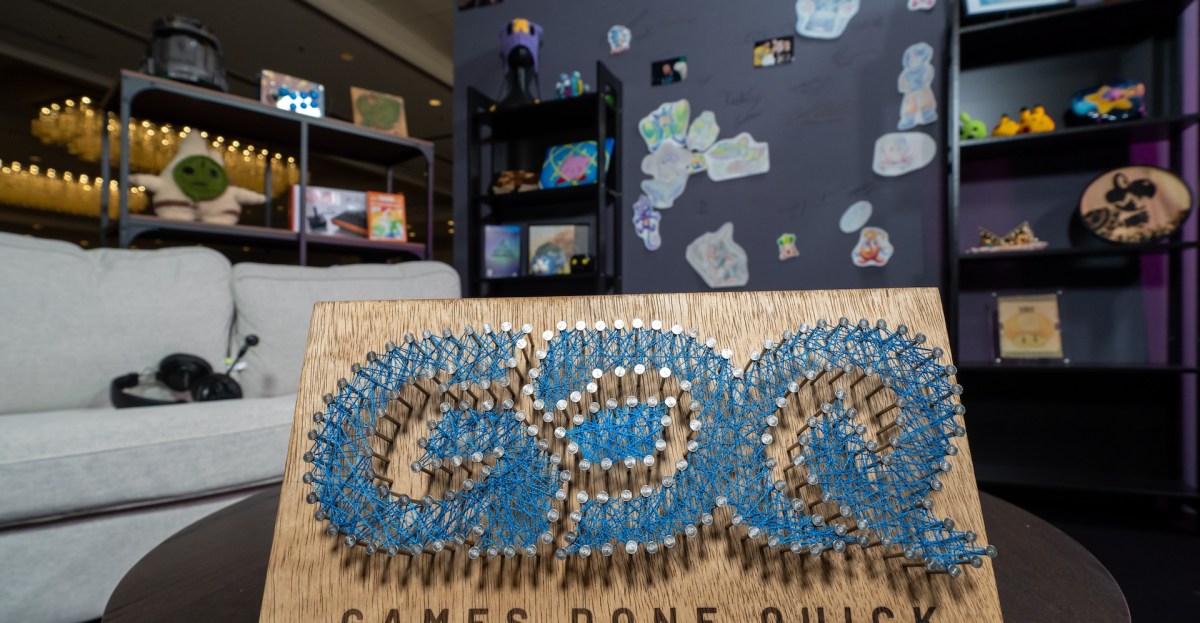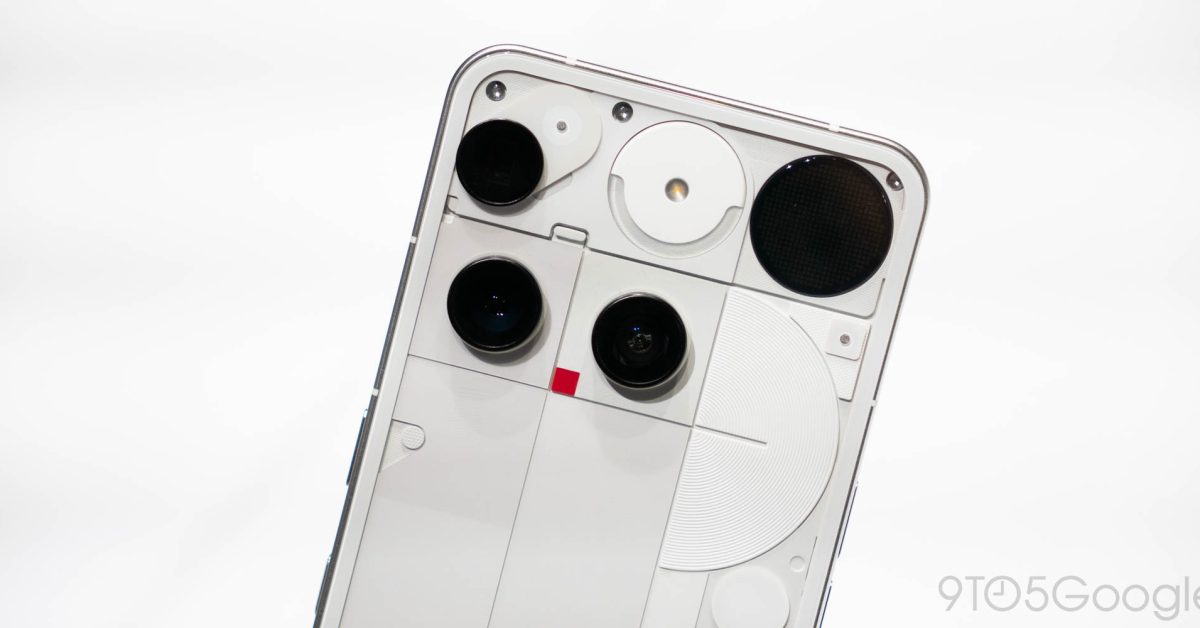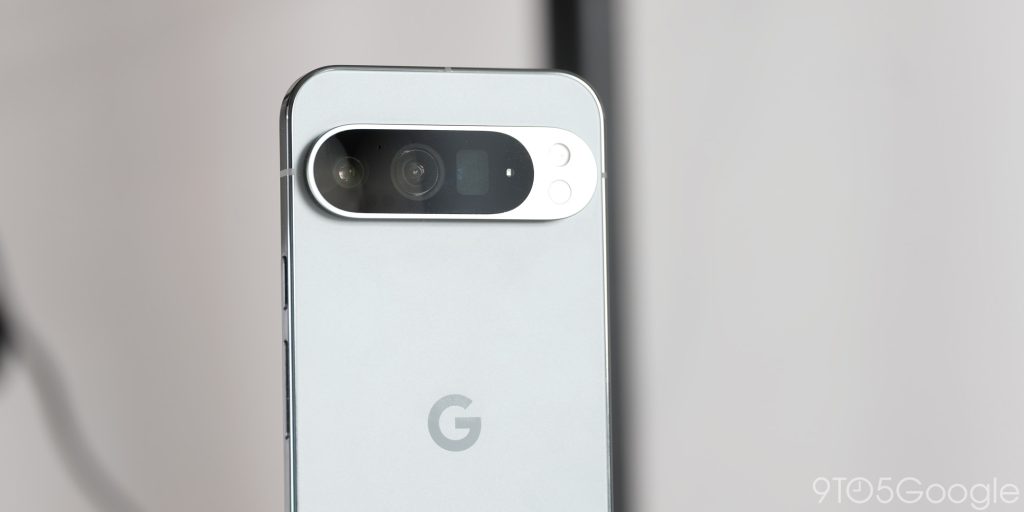HF‑11 Hypercar Revs to 12,000 RPM and Swaps Between Gas and Electric originally appeared on Autoblog.
In a world dominated by hybrid hypercars built by billion-dollar conglomerates, the Oil Stain Lab HF‑11 is a welcome oddity. It’s the creation of two Ukrainian-American brothers, Nikita and Iliya Bridan — ex-Honda, Cadillac and Genesis designers — who decided the only way to scratch their creative itch was to build a 12,000 rpm, dual-drivetrain, 2,000-pound hypercar out of sheer obsession.
Only 25 will be made. Each one costs at least $1.85 million, or $2.3 million if you want both powertrains.
View the 3 images of this gallery on the original article
Twin Madness: Flat‑Six Or EV, Or Both
The HF‑11 is about choice. Buyers can spec a 4.6-liter naturally aspirated flat-six making 600 hp, or step up to the unhinged 5.0-liter twin-turbo flat-six good for a staggering 1,200 hp — all mounted in the middle of a carbon monocoque and sending power to the rear wheels. Both are available with a six-speed manual or a seven-speed sequential box. That alone would be enough for most small-volume hypercars.
But this isn’t most hypercars.
Oil Stain Lab is also building a fully electric version with around 850 hp, and here’s the twist: thanks to a modular subframe system, owners can swap between the ICE and EV powertrains. That’s right — one car, two wildly different personalities, depending on the day, track, or mood.
12,000 RPM And 2,000 lbs
Despite the turbocharged flat-six having “just” six cylinders, it’s designed to scream all the way to 12,000 rpm. When combined with the car’s 910 kg weight, the HF‑11 promises a power-to-weight ratio that puts it well ahead of the Bugatti Chiron and toe-to-toe with the Gordon Murray T.50.
Performance claims remain vague — understandable for a car still in development — but 0–60mph in the low 3s seems conservative. Top speed? Unofficially, well beyond 200mph.
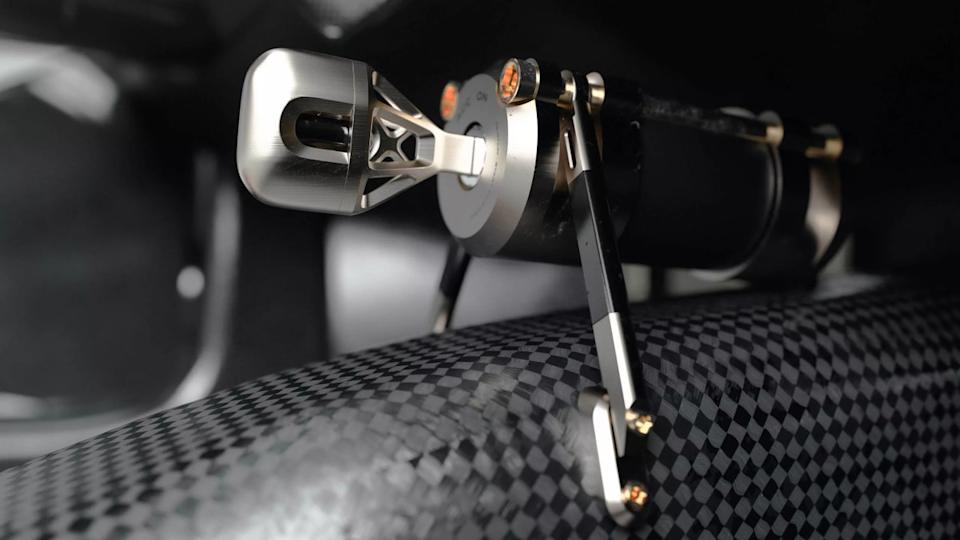
View the 4 images of this gallery on the original article
Inside The Machine
Step into the HF-11 and you’ll find a cockpit that looks like it was designed by a watchmaker having a nervous breakdown inside an F1 wind tunnel. The entire cabin is draped in carbon weave, from the exposed monocoque to the sculpted centre console — not just for weight savings, but sheer visual drama. There’s no touchscreen, no voice assistant, and certainly no cupholders. What you get instead is a bank of heavy-duty toggle switches, rotary dials, and knurled metal knobs straight out of a Cold War fighter jet.
The shifter itself is a skeletal work of art: part titanium sculpture, part ballistic missile trigger. Above it, the triple-pod analogue dash recalls classic Porsche GT racers, but everything else feels raw, functional, and unapologetically mechanical. Even the starter switch appears to be mounted inside a billet aluminium pod held together with titanium struts. It’s less interior, more exoskeleton.
There’s suede where you need it and structure where you don’t. The HF-11 doesn’t try to coddle you. It tries to connect you — to the drivetrain, to the chassis, and to the road. If you want ambient lighting and a Spotify playlist, look elsewhere. This thing was built to be felt, not filtered.
A Real Car, Built By Real People
The HF‑11’s styling feels familiar but alien. It riffs on classic Porsche silhouettes — there are shades of Carrera GT, 962, even 917 — but everything is dialed up to 11. Giant rear diffusers, razor-edge front wings, and track-ready aero components all scream performance. Yet, inside, it’s raw, stripped-back, and mechanical. Think Group C meets bespoke hot rod.
What makes the HF‑11 more than a concept car with delusions of grandeur is the pedigree behind it. The Bridan twins were involved in cars that sold in the millions, but they’re chasing purity now. Their mission: build the “ultimate human-scale hypercar,” one with minimal electronics, obsessive focus, and mechanical soul.
They already made waves with the viral Half-11, a chopped-up Porsche homage that earned cult status. The HF‑11 is its spiritual evolution — faster, crazier, and far more complete.
This isn’t just an ambitious spec sheet. It’s two engineers turning decades of experience and design frustration into an unfiltered, track-ready love letter to speed. And whether it sells out or implodes spectacularly, it deserves to be noticed.
HF‑11 Hypercar Revs to 12,000 RPM and Swaps Between Gas and Electric first appeared on Autoblog on Jul 6, 2025
This story was originally reported by Autoblog on Jul 6, 2025, where it first appeared.
